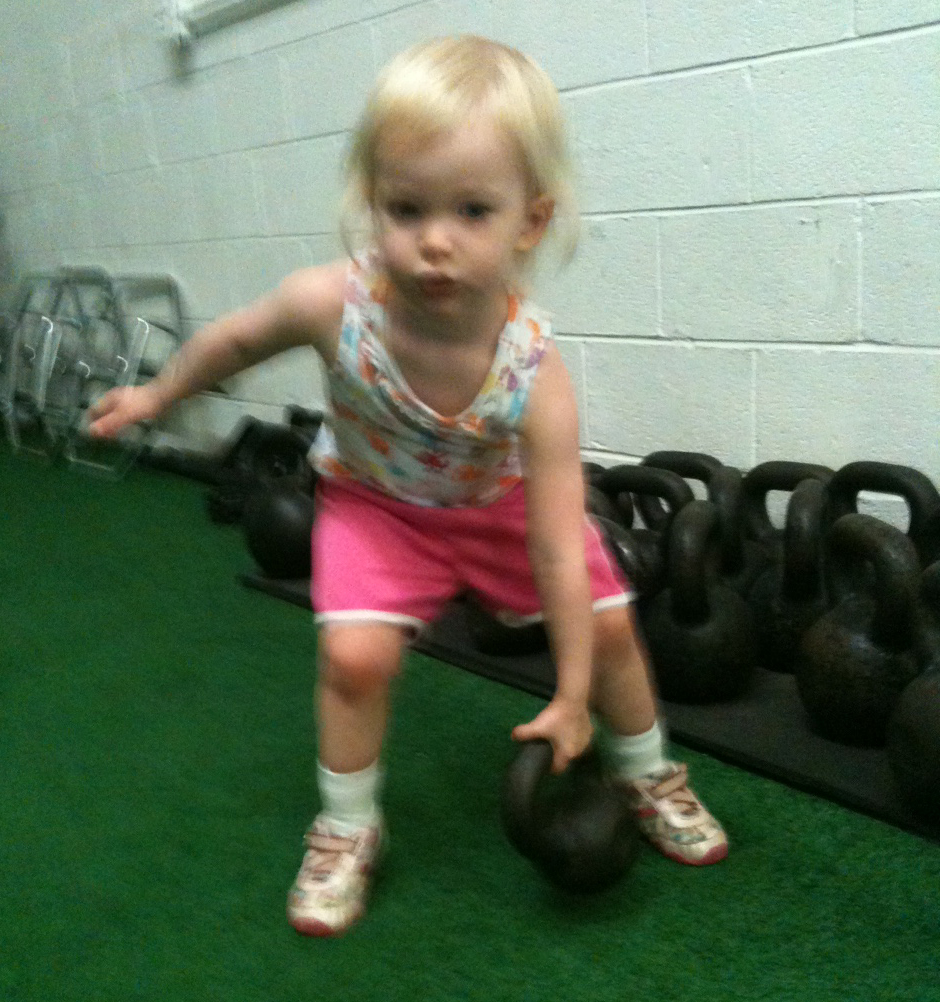We've touched on the importance of placing a major emphasis on compound movements rather than isolation exercises when writing your programs in Part 1 and Part 2. To start out today's post, let's review a couple of definitions:
- Isolation Exercises: Movements that incorporate a single joint and target the musculature that performs the given joint action. These are generally lower skill movements such as bicep curls, lateral raises, and hamstring curls.
- Compound Exercises: Movements that incorporate more than one joint. These movements are more complex and activate a wide variety of muscle groups such as squats, deadlifts, and KB swings.
We want to be as efficient as possible when designing our weight lifting routines. No one wants to spend more time than they need to in the gym, and choosing exercises that will give us the most bang-for-our-buck will help us reach our goals faster and more effectively.
Compound movements help us do just that. They target a large amount of muscle, inducing an anabolic training effect that is much more potent than that of localized strength work, while also mimicking movement patterns that every human being should perfect and strengthen. Taking this into account, exercises such as the squat, deadlift, pullup, and pushup should make up the majority of our strength work. We should never be programming isolation exercises as the "main lifts" of our program. This is how you spin your wheel and make little, if any, progress in the gym, just like the people in the video below:
Are isolation exercises worthless?
I don't think "worthless" is the correct term, but, in my opinion, isolation exercises are very, very, very optional. There are a few instance where they may be useful.
- For bodybuilding purposes isolation exercises can be useful for bringing up lagging muscles. If you have poorly developed biceps, then throw in some bicep curls at the end of the workout. The extra work will be useful, but if you're not already performing rows and pullups, then you might as well go home and eat a cheeseburger. The compound movements absolutely must be in place before layering on isolation exercises.
- To activate a muscle with poor tone or motor control. For a physical therapist or personal trainer who uses a protocol such as NKT, we often find muscles that exhibit poor function. For some reason or another, the wiring in your body is malfunctioning, preventing the nervous system from effectively communicating with your muscles. This is often the case for the gluteus medius, a muscle on the back and outside of your hip responsible for hip stability, abduction, and rotation. The reason behind this faulty wiring will need to be saved for another post, but a glute med activation drill in this scenario may serve you well
- For ego purposes or simply for enjoyment. I'm not gonna lie, bicep curls are kinda fun. Plus, they give you a reason to wear tanks such as this one:



